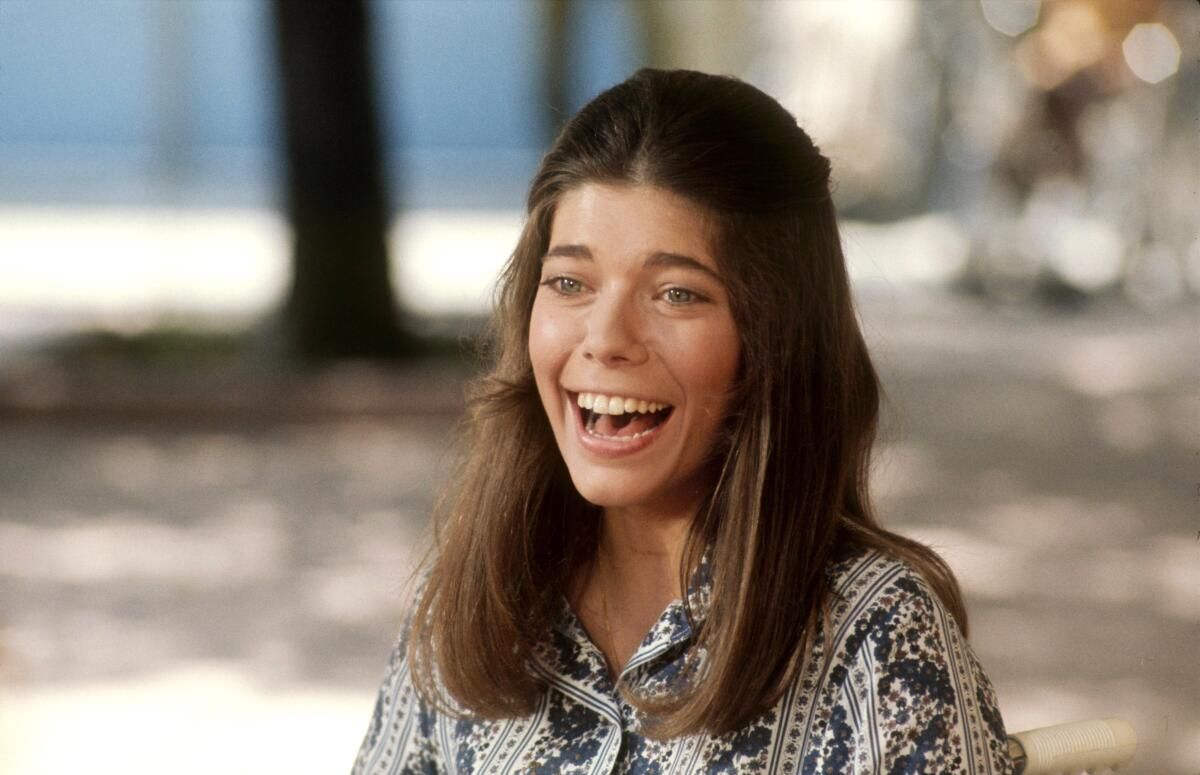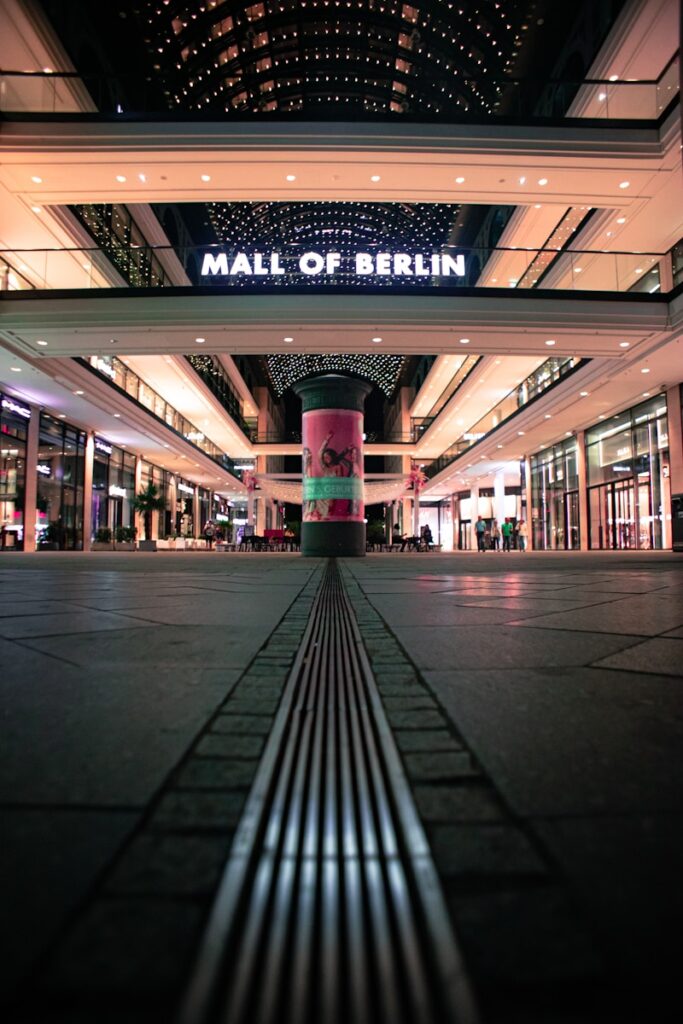
The 1990s mall scene was far more than a mere collection of retail spaces; it was a pulsating cultural heartbeat, a vibrant ecosystem where an entire generation came of age. Forget simply ‘shopping’ – this was an immersive journey, a phenomenon that drew in teens and young adults with an irresistible magnetism that transcended mere commerce. To truly understand the enduring nostalgia for this era, we must look beyond the gleaming storefronts and delve into the profound social and sensory experience that made the 90s mall an unparalleled cultural touchstone.
Imagine for a moment, stepping through those automatic glass doors and being immediately enveloped by a symphony of the senses. The air itself seemed to hum with the energy of thousands of lives intersecting, a unique blend of “the scent of pretzels and perfume mingled in the air” that was unmistakably “mall.” Overhead, “the soundtrack was a mashup of pop hits and chatter from bustling crowds,” creating an auditory landscape as iconic as any radio station of the time. This wasn’t just background noise; it was the vibrant score to countless youthful dramas and joyful gatherings.
The mall was, first and foremost, the ultimate social nexus for ‘90s youth. “Teens flocked to the mall not just to browse racks at Hot Topic or grab a slice of greasy pizza, but to see and be seen.” It was the unofficial town square, the grand stage where friendships were forged, crushes were discreetly (or not so discreetly) scoped out, and nascent identities were tentatively tried on. This was “where you met up with friends, scoped out your crush, and maybe even caught a matinee with your Walkman tucked in your back pocket.” The physical presence, the spontaneous encounters, and the shared public space created a dynamic that simply doesn’t exist in the same way today.
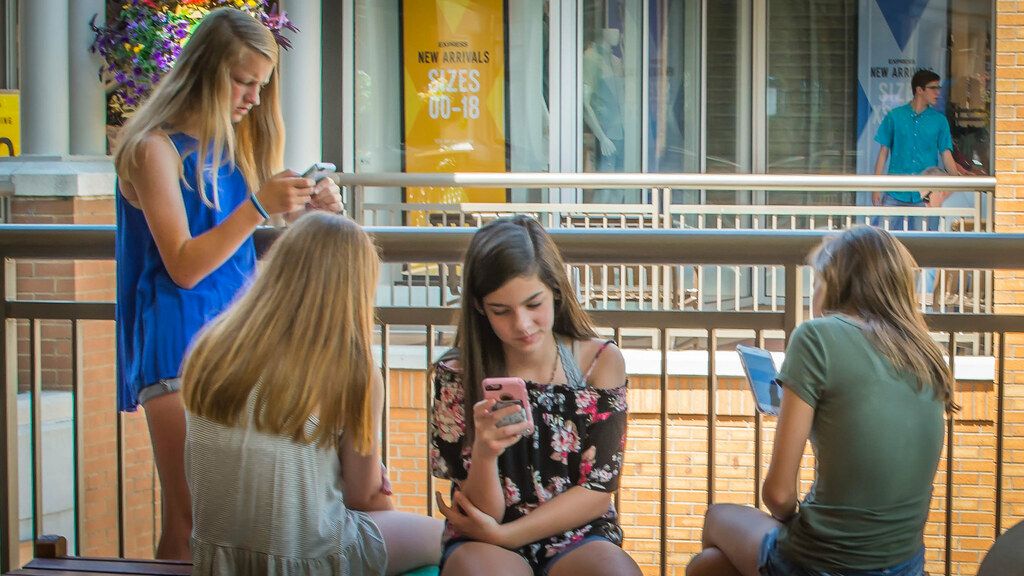
What made this dynamic so compelling? The mall offered a unique blend of freedom and structure. Parents might drop off their kids on a Saturday afternoon, granting them a coveted sense of independence within a relatively safe and contained environment. This allowed young people to “aimlessly roam with a soda in hand or stak[e] out your favorite hangout spot,” fostering a collective sense of ownership over these “loud, chaotic, a little grimy, and totally ours” spaces. It was a realm where unchaperoned exploration was not just permitted, but encouraged, leading to countless hours of shared experiences.
Central to this vibrant ecosystem was the legendary food court, a veritable “culinary paradise that catered to every craving.” This wasn’t just a place to refuel; it was a social institution in itself, an arena of communal dining and casual conversation. The sheer variety was astounding: “Whether you were in the mood for a slice of pizza, a heaping plate of Chinese food, or a sweet treat from the ice cream parlor, the food court had something to satisfy every palate.” The tantalizing “aroma of freshly baked pretzels and the sound of sizzling stir-fry filled the air,” creating a continuous, mouthwatering invitation to linger and feast.
Within this gastronomic wonderland, certain institutions stood out, becoming ingrained in the collective memory of a generation. Take Orange Julius, for instance, a staple “no mall food court was complete without.” Its “frothy, sweet drinks were the perfect pick-me-up after a long day of shopping.” The experience of “watching your drink get blended right in front of you was part of the fun,” and the signature “orange-and-white cups were instantly recognizable.” Sipping on an Orange Julius wasn’t just about quenching thirst; it “became a tradition,” an “unofficial fuel for marathon shopping trips and a sweet ending to a day at the mall.
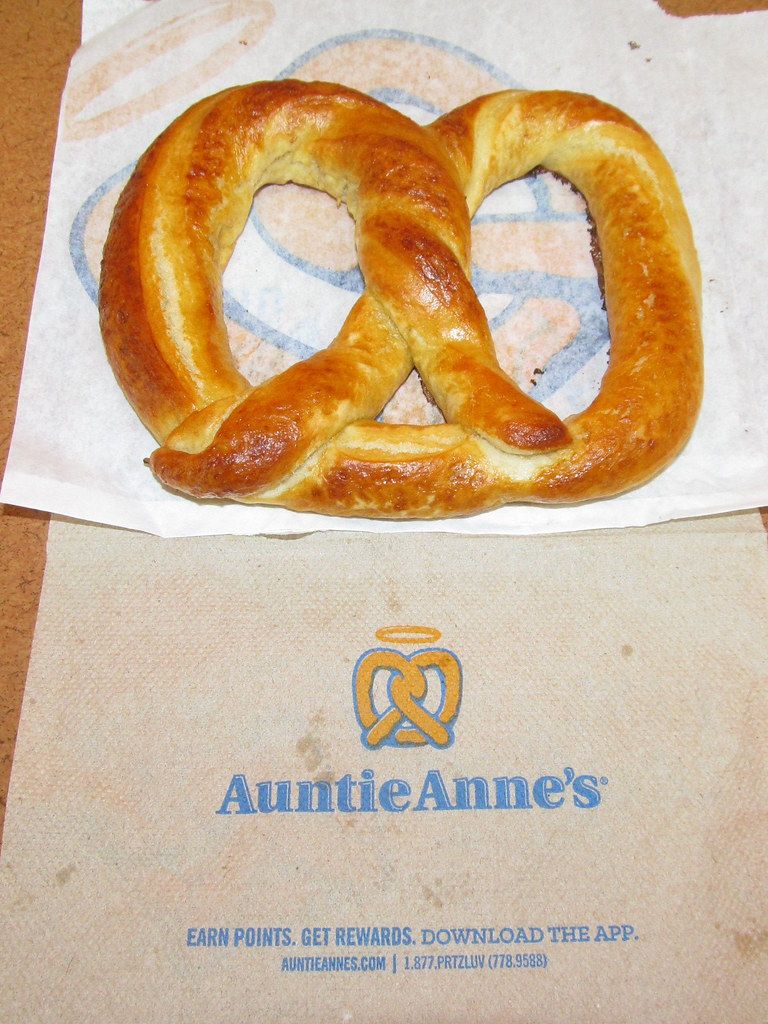
Then there was the undeniable allure of Auntie Anne’s pretzels, whose “smell of freshly baked pretzels wafting through the mall was irresistible.” These “soft, warm pretzels became a favorite treat for shoppers,” often paired with Cinnabon’s “mouthwatering cinnamon rolls topped with gooey icing.” These weren’t just snacks; they were rituals, deeply intertwined with the mall experience, adding layers of sensory pleasure and communal enjoyment. The food court fostered an atmosphere of shared indulgence, making every meal feel like a mini-celebration.
Beyond the retail therapy and culinary delights, the 90s mall truly excelled as a hub of entertainment, providing a diverse array of activities that went far beyond mere consumption. It was a place where “you could catch the latest blockbuster at the movie theater, challenge your friends to a game of air hockey at the arcade, or enjoy a meal with loved ones at the food court.” This multimodal approach created an “immersive environment that kept visitors engaged for hours on end.” The mall was not merely a collection of stores; it was a self-contained universe of leisure.
The movie theater, often an anchor tenant, offered a quintessential cinematic escape. It was “a chance to escape reality and immerse oneself in the magic of the silver screen.” From lighthearted romantic comedies to adrenaline-pumping action-packed adventures, “there was always a film to suit every taste.” The very “smell of popcorn wafting through the air and the anticipation of a shared cinematic experience” elevated a simple movie outing into a memorable event, often serving as the perfect capstone to a day of mall adventures.
And who could forget the vibrant cacophony of the arcade? This was “a place where gamers could test their skills, compete in friendly rivalries, and experience the latest video game technology.” The “sound of flashing lights, the clatter of tokens, and the cheers of victory created an electrifying atmosphere that drew in players of all ages.” It was “where you learned cheat codes, debated graphics, and discovered your tribe.” For many, “heading to the mall just to spend hours playing free games” at places like Babbage’s (before it was absorbed by GameStop) was a weekend highlight, a truly interactive and communal form of entertainment.
Product on Amazon: Dot’s Pretzels Cinnamon Sugar Seasoned Pretzel Twist Snack, 16oz Grocery Sized Bag
Brand: Dot’s Homestyle Pretzels
Binding: Grocery Product Group: Grocery
Price: 4.99 USD
Rating: 4.7 Total reviews: 1814
Flavor: Cinnamon-Sugar
Item Weight: 16 Ounces
Package Weight: 0.48 Kilograms
Number of Pieces: 1
Global Trade Identification Number: 00850031719286, 50850031719281
UPC: 850031719286
Unit Count: 16 Ounce
Features:
1. Dot’s Cinnamon Sugar Pretzel Twists are baked to perfection and specially seasoned with a blend of sweet and toasty spices. Receive one 16oz resealable bags that are perfect for any snacking occasion
2. Dot’s Pretzels provide a satisfying crunch with a twist! Specially seasoned with a blend of bold spices, our pretzels are great for kids lunches, watching the big game, or just a snack for yourself
3. All Dot’s Pretzels are baked to golden perfection and have big time buttery flavor, making them the ideal snack to add to any party or meal!
4. Made with care using high-quality ingredients for a delicious crunch every time. Perfect for back to school snacks!
5. While they make amazing snacks, Dot’s are also great to supplement your baking or cooking! Crumble our pretzels to coat your fish or chicken, or to make a crust for a cheesecake!
Top Review from US: “If you’re a fan of sweet and crunchy snacks, Dot’s Cinnamon Sugar Pretzel Twists are about to become your new favorite indulgence. These pretzels are baked to golden perfection and dusted with a warm, toasty blend of cinnamon and sugar that delivers just the right amount of sweetness without being overpowering.”
Shopping on Amazon >>
Read more about: Skip the Mall: Make Auntie Anne’s Soft Pretzels at Home with This Simple Guide

The mall’s rise to prominence in the 90s can be attributed to several converging factors, creating the perfect storm for its cultural dominance. The “rise of disposable income among middle-class families” meant a broader demographic had the means to engage in leisure activities like shopping and entertainment. Furthermore, the mall’s design as a “one-stop-shop for everything from clothing and accessories to entertainment and food” presented an unmatched convenience. This comprehensive offering made it the “go-to hangout spot for teenagers and young adults, providing a sense of community and a space to express personal style.”
It became a cornerstone of identity formation, a vital proving ground for self-expression. For many young men, stores like Structure (owned by Express) offered a first taste of “armor” through clothing, “fitted button-downs, cologne-soaked denim.” For young women, places like Wet Seal and Contempo Casuals provided their “first taste of edgy fashion,” with “shorter skirts and tighter fits” or “animal prints, neon colors, and metallics.” The mall was where one could “flirt with rebellion, and discover who you might become,” a crucial step in the journey from adolescence to young adulthood.
Even the seemingly mundane elements of mall navigation contributed to the experience. The ubiquity of “these maps” was a testament to the sheer scale and complexity of these retail behemoths. As one observation notes, “Navigating malls is surprisingly extremely tough,” highlighting the need for these helpful guides that seem almost quaint in today’s GPS-enabled world. This minor detail underscores the grand adventure that a mall trip represented, even the simple act of finding your way from one end to another.
The sense of nostalgia for the 90s mall is palpable because it represents a distinct era of physical connection and communal experience that contrasts sharply with today’s increasingly digital world. The images of malls “barely [having] any shoppers” or no longer being “this popular anymore” evoke a sadness precisely because they were once so alive, so central to the fabric of youth culture. It wasn’t just about buying; it was about living, experiencing, and belonging.
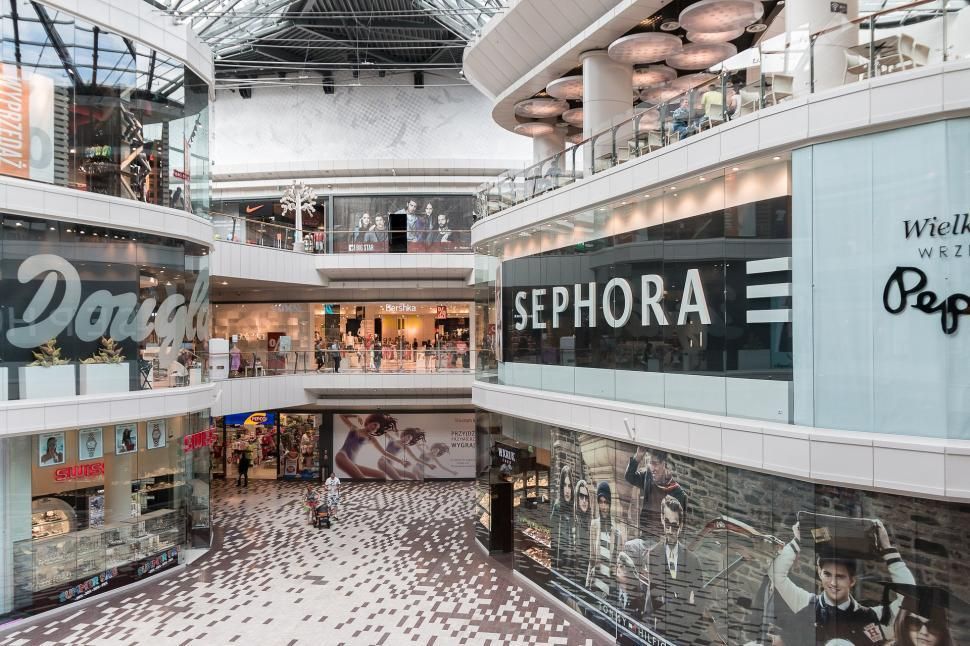
This era of “bustling malls, where iconic storefronts lured in every 90s kid hunting for the coolest trends and must-have gadgets,” created memories that resonate decades later. The very phrase “Nothing quite matches the thrill of stepping into a 90s mall” captures the essence of this bygone golden age. It was “a vibrant hub of activity, filled with neon lights, catchy tunes, and a sense of excitement in the air.” From the moment you crossed the threshold, you were “transported to a world of endless possibilities.
The mall offered a unique sanctuary, a communal gathering point where time often seemed to stretch and possibilities felt boundless. It fostered a tangible sense of shared culture, a collective memory built not on fleeting online interactions but on real-world encounters, shared laughter echoing through corridors, and the thrill of discovery found within tangible, accessible spaces. This physical presence, this shared environment, is the wellspring of our collective yearning for those mall days.
Indeed, the 90s mall was “a cultural phenomenon that shaped a generation.” It was “a vibrant and ever-evolving society, where trends shifted at lightning speed and individuality was celebrated.” The combination of fashion, entertainment, and community found within its walls forged “lasting memories for those who experienced it.” It will “always hold a special place in our hearts as a symbol of a bygone era,” a golden age of retail and social connection.
The “magic of the 90s mall” continues to captivate because it symbolizes a period when physical spaces truly dictated social life. Before the widespread dominance of e-commerce and social media, the mall was the primary arena for youth culture to unfold, to be observed, and to evolve. It was a tangible expression of belonging, a place where one’s peer group could coalesce and where the latest fads were not just seen on a screen, but felt, worn, and experienced collectively. This deep, multi-sensory engagement is the wellspring of our collective yearning for those mall days.
Read more about: The Billionaire’s Oasis: Diving Deep into Rick Ross’s “Wet Wet” – A Symbol of Success and Inspiration
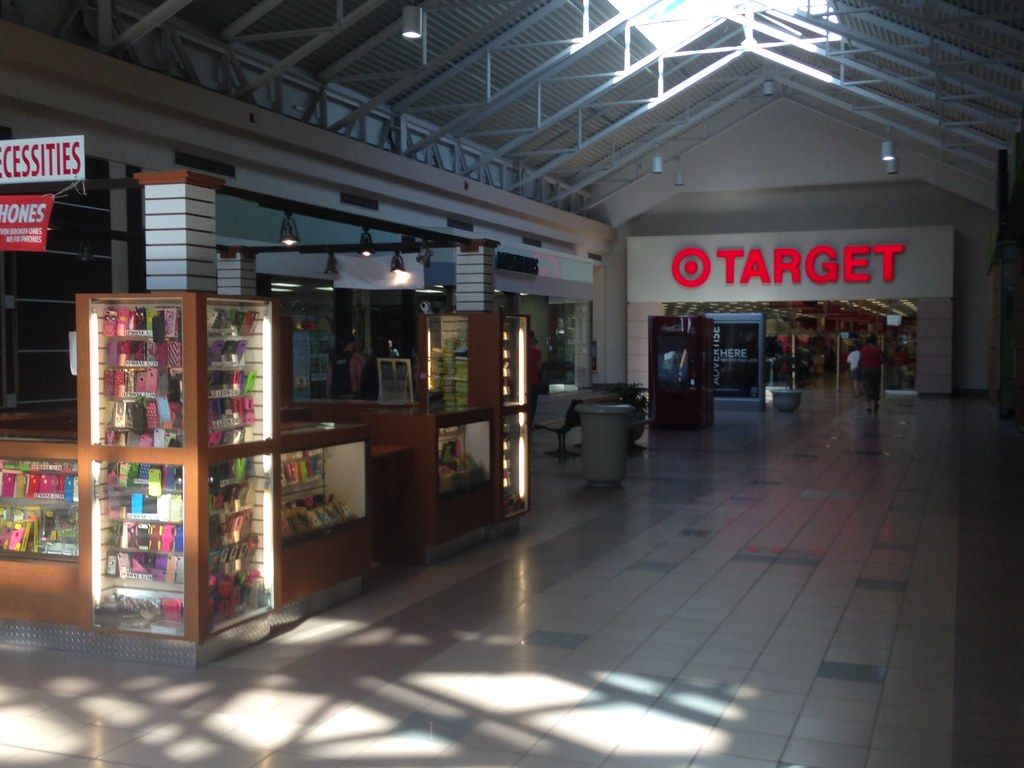
The first section explored the 90s mall as a sensory and social marvel, a collective arena where a generation came of age. But to truly understand its profound impact, we must pivot from the grand communal spaces to the intricate world within: the iconic storefronts themselves. These weren’t just commercial enterprises; they were crucibles of identity, vital stages where personal styles were forged, tastes were discovered, and nascent selfhood was expressed. Each store, with its distinctive atmosphere and curated offerings, played a pivotal role in shaping the very fabric of 90s youth culture, leaving an enduring legacy that resonates deeply with our collective memory.
Consider the fashion retailers, arguably the most powerful shapers of adolescent identity. For many, a trip to the mall was less about a specific purchase and more about the quest for self-expression. Stores like Gadzooks, for instance, became a beacon for those seeking a carefree, surf-skater vibe. Before it was swallowed by Forever 21, Gadzooks was the spot for graphic tees, chunky sandals, and attitude.” Its unique aesthetic, even featuring a “Volkswagen Beetle plopped in the middle” as a photo op, spoke volumes. Teens who shopped here weren’t just buying clothes; they were acquiring a “way to telegraph they were rebellious, chill, or at least pretending to be.” It was a subtle, yet powerful, declaration of belonging to a certain subculture, a non-verbal assertion of emerging individuality.
Then there was Wet Seal, a store that glittered with the promise of daring self-expression for young women. It was “for the girls who lived in glitter lip gloss and body shimmer, hunting for halter tops that pushed the school dress code.” Unlike its more subdued competitors, Wet Seal embraced boldness, offering “shorter skirts and tighter fits.” Stepping inside, one felt an immediate sense of maturity, a “felt older just stepping into the place, even if you still rode shotgun with your mom.” It embodied the fast-fashion ethos of the era, where “Wet Seal was the place to go for the latest trends at prices that didn’t break your allowance,” making it easy for friends to “gather to try on matching outfits or hunt for the perfect look for the next school dance.” The store’s “upbeat vibe made shopping there feel like a party,” fostering an environment where “impulse buys, last-minute finds, and wardrobe overhauls were Wet Seal’s specialty.
Contempo Casuals pushed the boundaries even further. This was not a store for the faint of heart; it was “wild, chaotic, and unapologetically loud.” Racks overflowed with “animal prints, neon colors, and metallics,” offering fashion that felt “like dressing for a club you weren’t old enough to enter.” For countless teenage girls, Contempo provided their “first taste of edgy fashion, a bold alternative to safe mall brands.” It was a space to experiment with looks that defied the everyday, to embrace a bolder, more adventurous style.
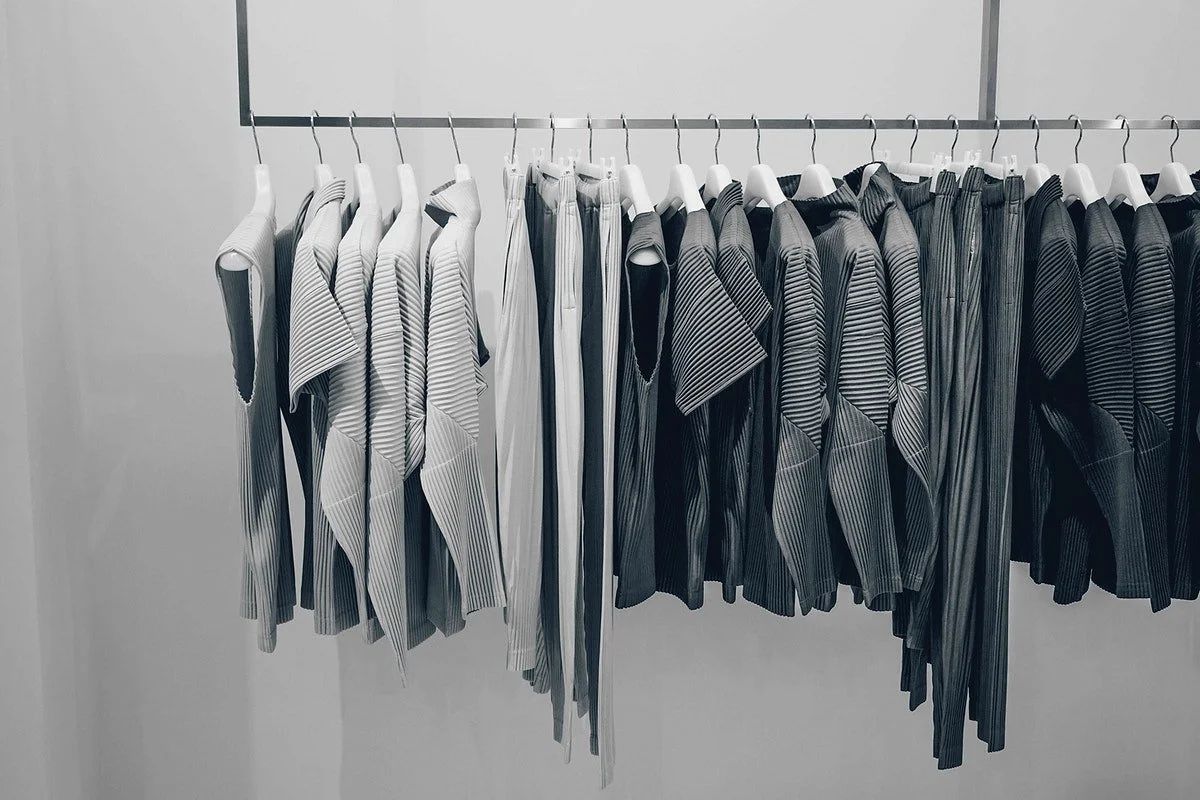
While these stores catered to a specific, often edgier, feminine aesthetic, others carved out their niche in different ways. Structure, owned by Express, served as a sartorial compass for young men navigating the complexities of their emerging style. It offered “fitted button-downs, cologne-soaked denim, and a mood that said, ‘I watch The X-Files, but I also have a gym membership.’” This wasn’t just about clothes; it was about projecting a sophisticated, yet rugged, image. For many, Structure clothes felt “like armor,” providing a sense of confidence and readiness for the world beyond adolescence.
Even younger teens had their designated fashion gateways. The Limited Too, for instance, was “a gateway drug to teen fashion” before it fully transitioned into tween-only territory. Its “bright colors, sparkly slogans, and coordinated headbands” made it a staple for slumber parties and school dances. Girls approached shopping here with the solemnity of “an astronaut prepping for orbit,” meticulously selecting outfits to navigate the social landscape of junior high. It instilled an early appreciation for curated style and the power of presentation.
Pacific Sunwear, or PacSun, offered a taste of the West Coast, even for those far from the ocean. In the 90s, it possessed a distinct “grimy, very coastal, and deeply rooted in surf/skate culture.” The shelves were stocked with “Thrasher tees, cargo shorts, and puka shell necklaces like hotcakes.” PacSun famously enabled “teens who didn’t live near the ocean [to] still dress like they did,” bringing a piece of Californian cool to malls across the country. It was about adopting an aspirational lifestyle through fashion, regardless of one’s geographical reality.
Then there was Rave, a store that pulsated with the imminent arrival of Y2K. It was “that flashy store with pulsing music, glitter belts, and $10 mesh tops your mom absolutely hated.” Everything inside was “tight, tiny, and screaming, ‘Y2K is coming.’” For many, “shopping here was an act of rebellion wrapped in synthetic fibers,” a bold statement against conservative tastes and a clear embrace of the future’s perceived excess. Rave was a loud, unapologetic celebration of maximalist fashion, inviting teens to embrace the cutting edge.
Read more about: Amazon Unleashes Major Grocery Delivery Expansion, Reshaping E-Commerce and Challenging Rivals with Same-Day Convenience
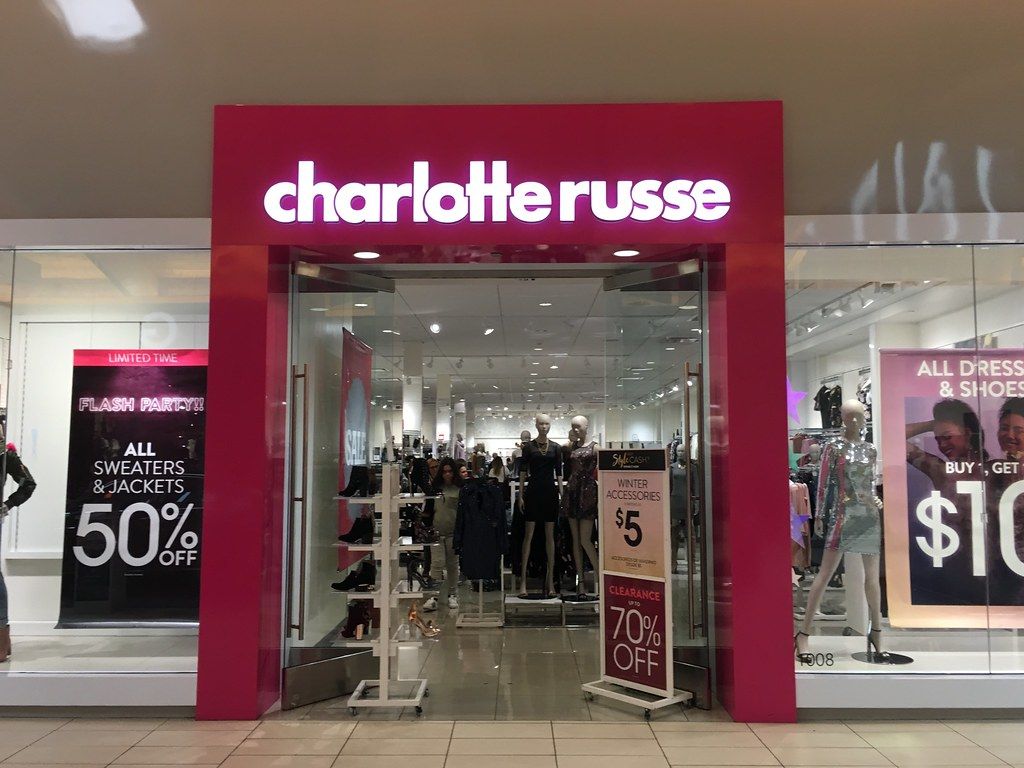
Later in the decade, Charlotte Russe emerged as another significant player, providing “affordable and youthful women’s fashion.” It quickly became “a mall staple for the young professional by day and party girl by night.” Its appeal lay in its ability to offer trendy, versatile pieces that could transition from school to a social gathering, democratizing fashion for a wide demographic of young women. Similarly, Delia’s, launched in 1993, became “synonymous with ’90s style and cropped up in malls across the country,” with “every teenage girl” seemingly owning “at least one graphic tee, halter top, or pair of platform shoes” from its famously influential catalog.
Beyond the specific items, stores like Abercrombie & Fitch cultivated an entire experience. Merely walking by, “you couldn’t miss the signature cologne wafting into the mall corridor.” Stepping inside felt like an initiation into an “exclusive club,” even if one was only there to browse. The “dimly lit, with thumping music and posters of models,” created an aspirational world. Owning something with that “iconic moose logo was practically a status symbol,” a clear indicator of fitting into a desired preppy-casual aesthetic. “Buying something from Abercrombie felt like a rite of passage,” a moment of embracing a popular, aspirational identity.
For those who identified outside the mainstream, Hot Topic offered a much-needed sanctuary. Its “black façade and loud music spilling into the mall” made it unmistakable. It was the go-to destination for anyone who wanted to embrace their inner goth, punk, or just show off a love for alternative music and pop culture.” Inside, it was “packed with band tees, studded belts, and every shade of black imaginable,” next to “the latest anime merch.” Hot Topic was truly “a haven for anyone who didn’t quite fit the mainstream mold,” a place “for self-discovery, where you could experiment with your look and meet others who shared your interests.
The 90s mall was also the primary conduit for a generation’s musical obsessions. Long before digital streaming, the experience of discovering new music was physical, tactile, and communal. Sam Goody exemplifies this perfectly. Long before Spotify, you’d wander into Sam Goody with allowance money in your pocket, flipping through CD racks and hoping your crush noticed your Nine Inch Nails pick.” The very air “smelled faintly of plastic wrap and freedom,” a unique olfactory signature of a bygone era. “Teens hung out here to define their identities one album at a time,” engaging in the ritual of selecting physical media. Sam Goody wasn’t just a store; it was a cultural barometer, a place “where you found the hottest CDs” and could “listen to snippets of new releases at listening stations.” It was a hub to “bond over shared musical tastes and maybe even find your next favorite band.” This in-store atmosphere, as the context notes, is “rarely get anymore.” Musicland served a similar, equally vital role, being “part record store, part cultural archive,” a place to buy cassettes, then CDs, and even “a rare VHS.” It felt “legit,” a true haven for serious music enthusiasts. As one observation aptly puts it, “Music stores peaked in the ’90s.”
Read more about: Remembering the Icons: Legendary Rock Guitarists Who Shaped Sounds and Left Indelible Marks
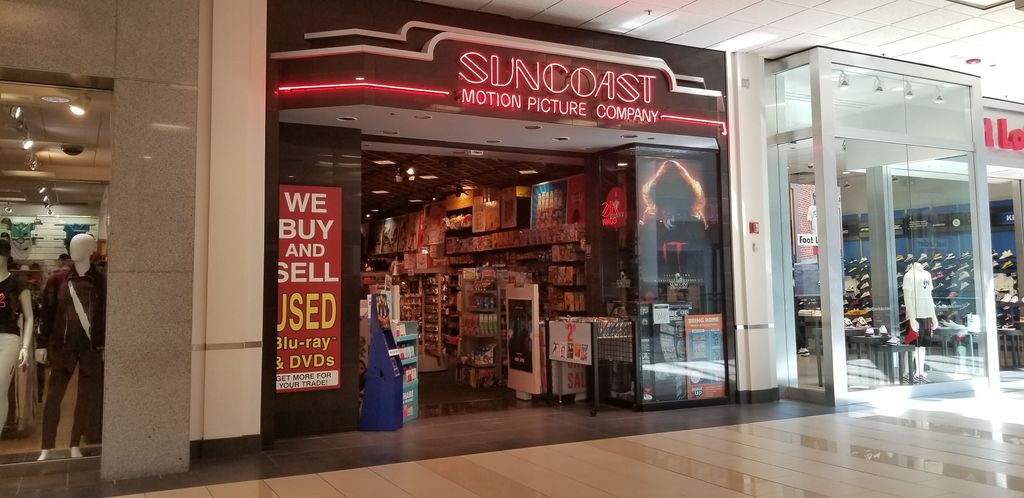
Beyond music, the mall offered specialized entertainment havens. Suncoast Motion Picture Company, for instance, was “a dark, cozy cave of movie posters, VHS tapes, and film geek dreams.” It became a pilgrimage site “where teens went to curate their cool,” selling not just films but also “identity, one Pulp Fiction poster at a time.” Clerks there were famously knowledgeable, guiding patrons towards “cult classics that changed your life.” This curated selection fostered a deeper engagement with cinematic culture. Similarly, Sharper Image, while perhaps less of a social hub, offered a tangible taste of cutting-edge, if often unaffordable, gadgetry. The simple pleasure of “testing out all the massage chairs you knew you couldn’t afford” was part of its unique allure, a glimpse into futuristic luxury.
The arcade, while broadly covered in Section 1 as an entertainment *activity*, also had its iconic storefronts, notably Babbage’s. This was “the gamer’s haven before GameStop absorbed it.” More than just a retail space, “Babbage’s had boxed PC games lined up like sacred texts and demo stations where teens could waste entire afternoons.” It transcended mere commerce; “it was more than a store — it was where you learned cheat codes, debated graphics, and discovered your tribe.” It was a community hub built around the nascent world of video gaming, a place where enthusiasts could connect and compete.
Then there was Spencer Gifts, the perennial purveyor of the peculiar. This store was “a rite of passage for any 90s mall rat,” with its “quirky displays and offbeat sense of humor.” From “novelty T-shirts to lava lamps and prank kits,” Spencer’s was a place of mischievous discovery where “you never quite knew what you’d find.” It held a certain illicit thrill, with “some items… definitely ‘for mature audiences,'” creating “a sense of daring when you wandered into the back section.” It was “the mall’s weird basement,” proudly catering to “every outsider, goth, or prankster,” and always “good for a story or two.”
For younger patrons, the mall housed their own realms of wonder. KB Toys was nothing short of “a wonderland for anyone under 18.” Its “narrow aisles” and “overflowing shelves” brimmed with “action figures, board games, and the latest must-have toys,” from “Tamagotchis to Beanie Babies.” A trip to KB Toys was often “the highlight of any mall visit,” especially for those with “a few bucks to spend.” Even years later, “walking by KB Toys even as you got older could bring a twinge of nostalgia,” a potent reminder of childhood joys. The Disney Store provided its own unique magic, creating an immersive “magical experience” that transported visitors directly into the animated worlds they adored.

Even within the bustling, often loud, environment of the mall, there existed quiet havens for the introverted and the intellectually curious. Waldenbooks, often “Tucked between clothing stores and food courts,” offered “a quiet sanctuary for bookish teens.” It was a cozy space “with shelves packed full of bestsellers, magazines, and the latest Goosebumps releases.” Here, one could “take a break and lose yourself in a new story.” The act of “browsing the aisles, flipping through pages, and discovering a new favorite author” was a peaceful, personal ritual. “Book lovers often found Waldenbooks to be the quiet heart of the mall—a place to recharge and escape,” proving that even amidst the chaos, a profound connection with literature could be forged. This quiet allure was echoed by Borders, which, alongside Waldenbooks (both part of the Borders Group), served as a significant bookseller, “where kids were also hitting up their local Borders and Waldenbooks” for summer reading or new CDs.
The legacy of these iconic storefronts extends far beyond their physical presence. While many, like Wet Seal, Borders, Sharper Image, The Limited, Charlotte Russe, KB Toys, Delia’s, and Sam Goody, have succumbed to the shifting retail landscape and the rise of e-commerce, their impact on a generation remains indelible. The “sadness” evoked by images of malls “barely [having] any shoppers” is precisely because these stores were once so alive, so central to the fabric of youth culture. These were not just places to buy things; they were stages for social interaction, self-discovery, and cultural immersion.
The shift from tangible retail spaces to online platforms has fundamentally altered the shopping experience and, by extension, the process of identity formation. The thrill of physical discovery, the serendipity of stumbling upon a new band at Sam Goody, the collective experience of trying on edgy fashion with friends at Wet Seal, or debating graphics at Babbage’s—these were integral components of growing up in the 90s. The stores fostered a sense of community that is difficult to replicate in the digital realm. They were vibrant, tangible manifestations of a generation’s aspirations and evolving identities, creating “lasting memories” that continue to resonate.
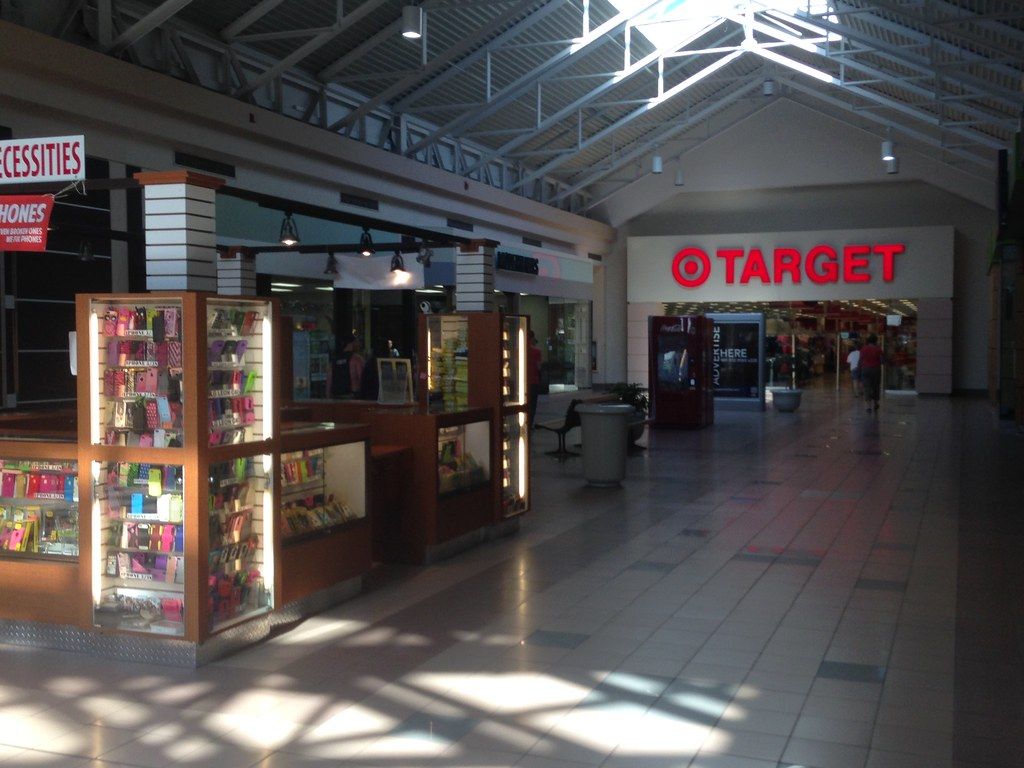
The enduring legacy of 90s mall storefronts lies in their capacity to be more than mere shops. They were cultural institutions, shaping tastes, defining trends, and providing physical spaces for self-expression and connection. Each visit was an immersive journey, a chance to define oneself through fashion, music, and entertainment, forging a collective memory that transcends the eventual closure of many of these beloved brands. This is why, even today, the mention of Gadzooks or Sam Goody evokes such powerful nostalgia: they represent not just products, but formative experiences in the grand, bustling theatre that was the 90s mall.


